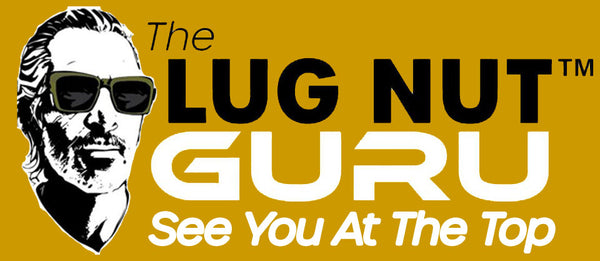-
Ford F-150 Hubcentric Adapter 6x135 to 6x135 | 1.5" Thick | 14x1.5 | 87.1 CB
Vendor:The Lug Nut GuruRegular price $55.00Regular priceUnit price per -
Ford F-250 1997+ 8x170 to 8x170 Wheel Adapter 2.0" Thick | 14x1.5 | 125.6 CB
Vendor:The Lug Nut GuruRegular price $75.00Regular priceUnit price per -
Ford F-350 Dually 2005+/ Ram 3500 Dually 2019+ 8x200 to 8x200 Wheel Adapter 2.0" Thick | 14x1.5 | 146 CB
Vendor:The Lug Nut GuruRegular price $95.00Regular priceUnit price per -
Forged Aluminum Tesla Adapters 5x114.3 (5x4.50”) 20mm Hub Centric, 14x1.5 studs, set of 4
Vendor:The Lug Nut GuruRegular price $225.00Regular priceUnit price per -
Jeep JK/JL Wrangler Hubcentric Adapter 5x5 to 5x5 | 1.5" Thick | 14x1.5 | 71.5 CB
Vendor:The Lug Nut GuruRegular price $55.00Regular priceUnit price per -
Jeep TJ/YJ Wrangler Hubcentric Adapter 5x4.5 to 5x4.5 | 1.5" Thick | 1/2"-20 | 71.5 CB
Vendor:The Lug Nut GuruRegular price $55.00Regular priceUnit price per
Frequently Asked Questions
What is the most common lug nut pattern?
The most common lug nut patterns (AKA bolt patterns) are four-lug and five-lug designs. Four-lug patterns, such as 4x100 and 4x114.3, are typically seen on smaller vehicles like compact cars. Five-lug patterns, including 5x100, 5x114.3, and 5x120, dominate the market as they offer an optimal balance of strength and stability, making them ideal for cars, trucks, and SUVs. Six-lug patterns (e.g., 6x135, 6x139.7) and eight-lug patterns (e.g., 8x165.1, 8x170) cater to larger and heavier vehicles requiring enhanced durability for towing or hauling. If you're unsure of your vehicle's specific bolt pattern, a bolt pattern gauge is a reliable tool to determine it accurately.
How to install wheel adapters?
To install wheel adapters, start by ensuring you have the correct size adapters and tools, including a jack, jack stands, a torque wrench, and a breaker bar. Loosen the wheel nuts slightly while the car is on the ground, then lift the vehicle and secure it with jack stands before fully removing the wheels. Clean the hub and studs thoroughly with a degreaser and wire brush to ensure a smooth, flush surface. Position the wheel adapter onto the hub, hand-tighten the bolts, and use a torque wrench to secure them to the manufacturer’s recommended specifications. Reinstall the wheels, tightening the lug nuts in a star pattern, then lower the car and recheck all torque settings after driving 100 miles.
What are wheel adapters used for?
Wheel adapters serve two main purposes: modifying a vehicle’s bolt pattern to accommodate wheels with a different bolt pattern and adjusting wheel positioning for better clearance or fitment. They are often used to allow the installation of custom wheels that enhance the vehicle's aesthetic appeal or performance. Additionally, wheel adapters can help solve issues with brake or suspension clearance by positioning the wheels farther out. When properly installed, they contribute to improved handling and ride quality. However, choosing high-quality adapters and ensuring professional installation is critical for safety.






